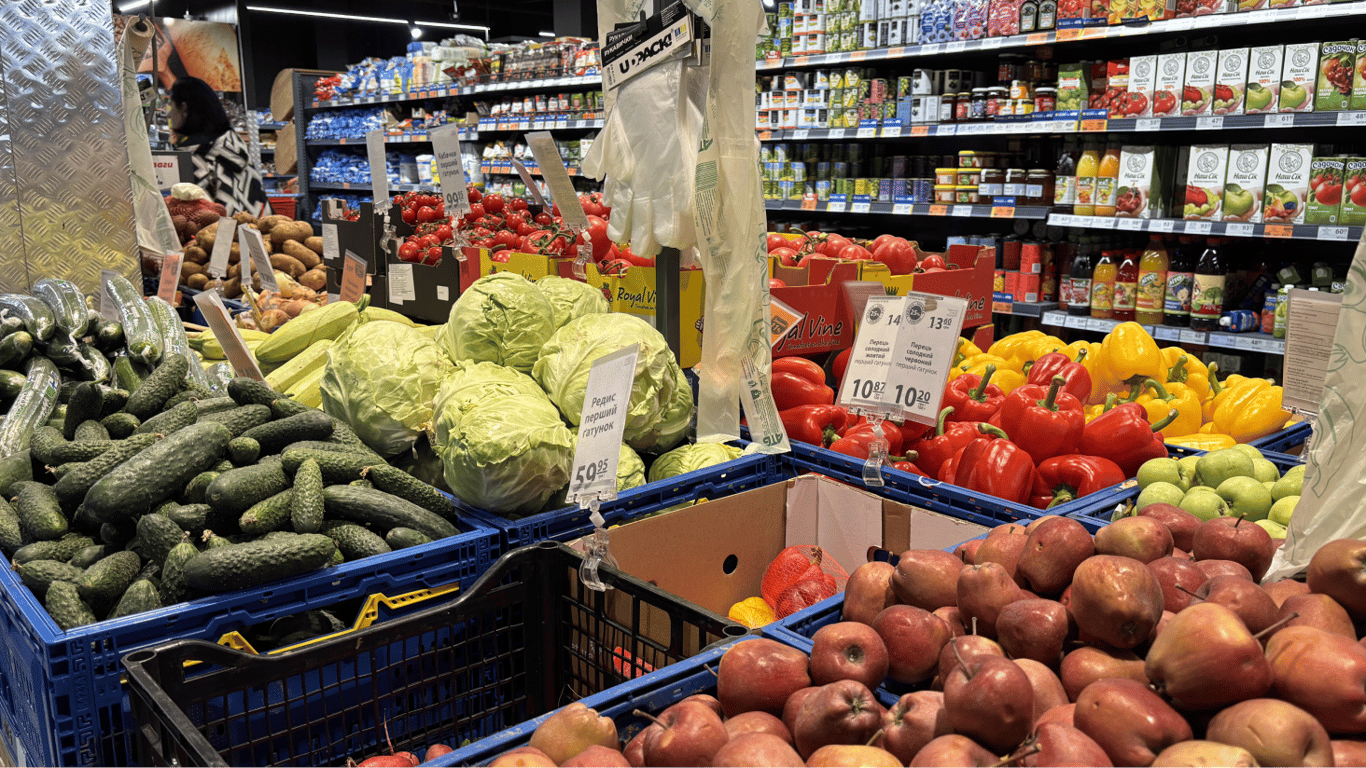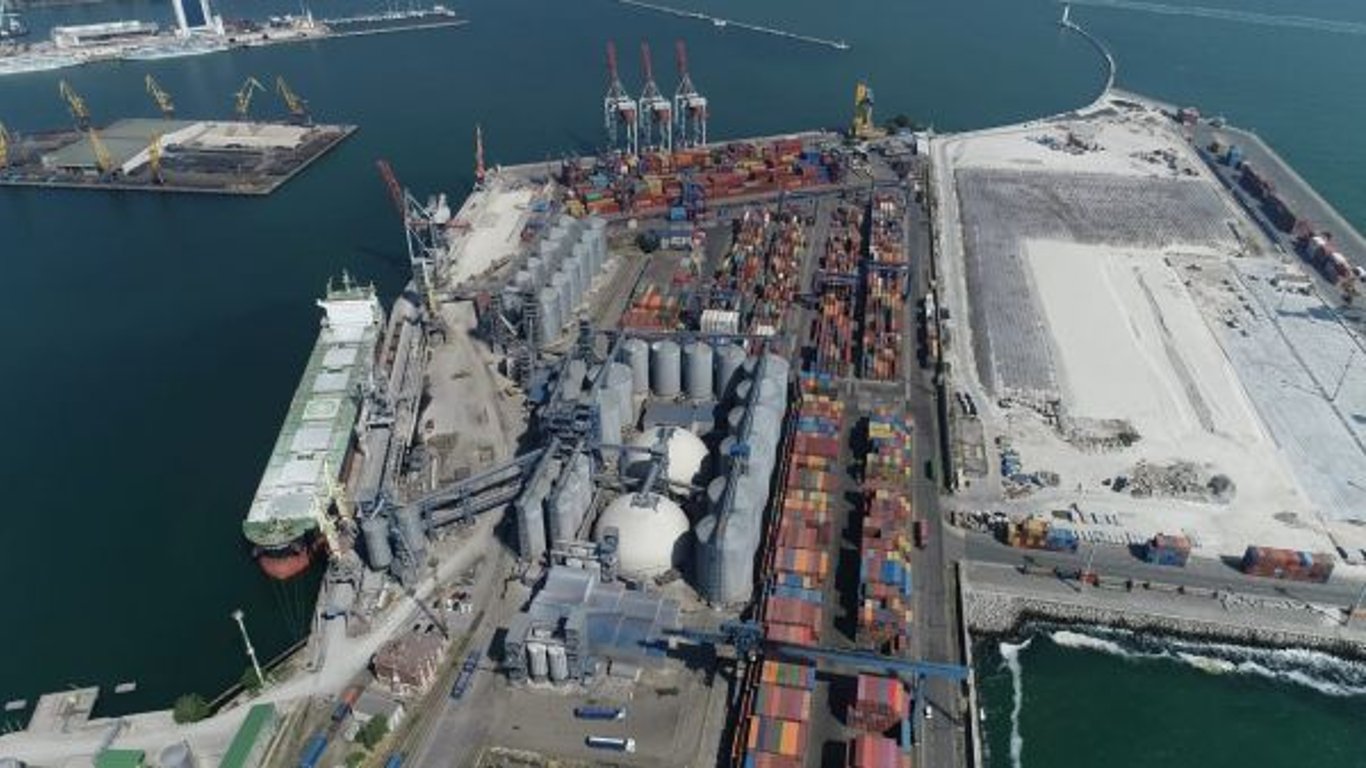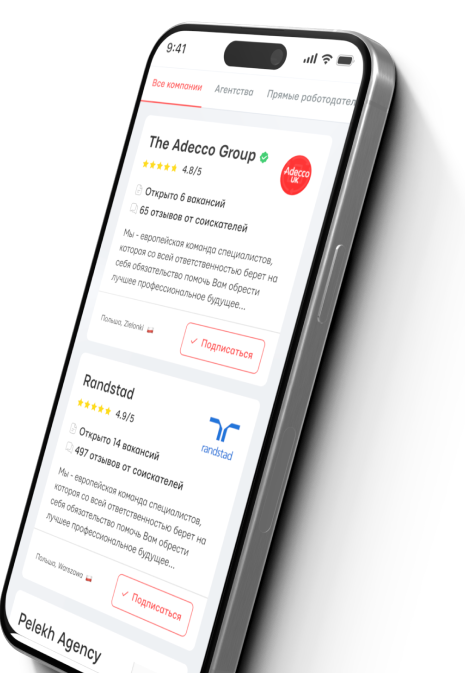Who prints euros and who can print euros.

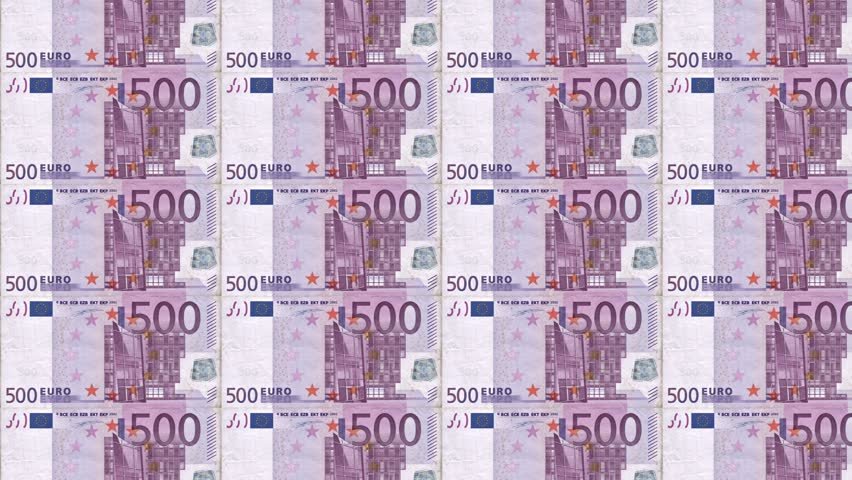
The printing of money around the world is an incredibly interesting process. However, it has its own regulatory function. In other words, in answering the question of who prints the dollar, one must take into account a number of factors and laws (international law).
When delving into the details of who can print the dollar or euro, it is important to understand that banknotes affect the overall state of the global economy. That is, a certain bank prints and accounts for each euro. It does this so that the currency does not depreciate.
Who can print euros?
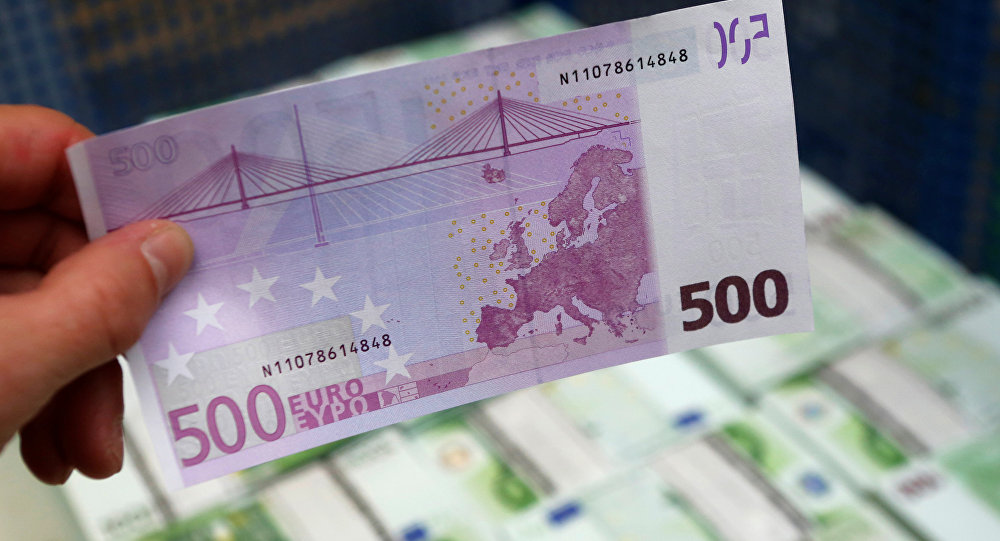
The process of printing euros and controlling its issuance is regulated by the European Central Bank (ECB) and the national central banks of the eurozone countries. This means that only they determine how much and what should be printed, and how each banknote is backed up.
The process is complex, but it is possible to understand it. Who prints euros: the European Central Bank (ECB): The ECB, located in Frankfurt am Main, Germany, is responsible for managing the monetary policy of the eurozone and makes decisions on the issuance of euros. However, the ECB itself does not engage in the physical printing of banknotes. It makes the decisions.
Next, it is important to clarify which National Central Banks of eurozone countries actually exist. The printing of euros is carried out by the national central banks (NCBs) of the eurozone member states. Each country has its own printing facilities that participate in the production of euros. For example, the Bank of France, the Bundesbank (Germany), the Bank of Italy, and other central banks produce euros for their countries. In other words, there is no single bank.
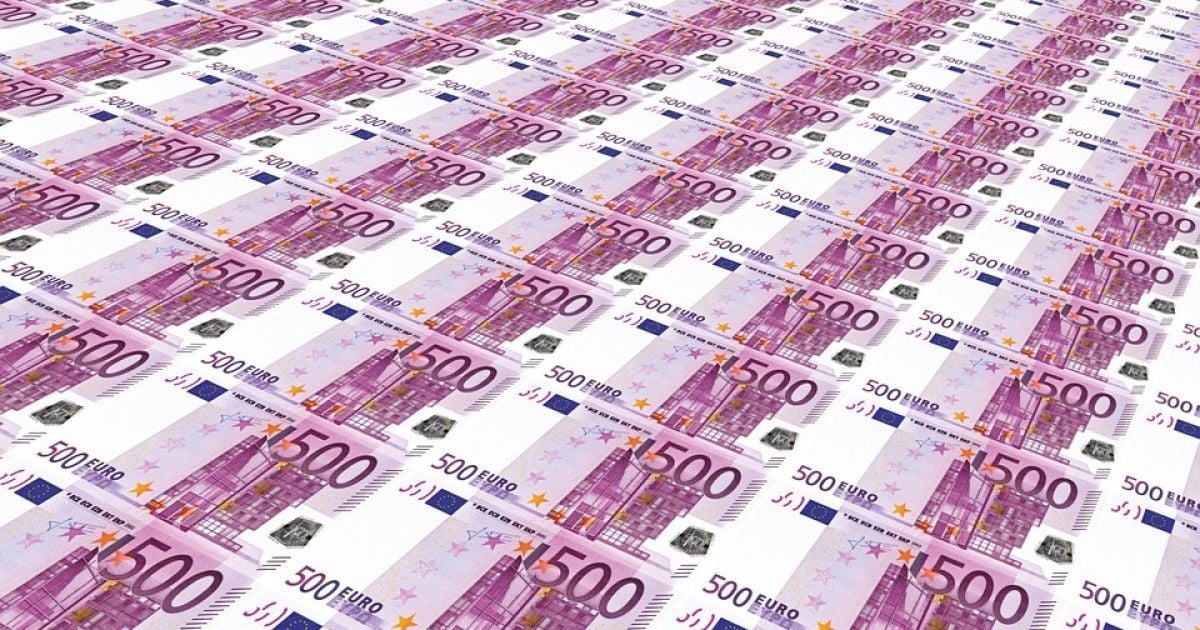
However, besides printing, there is also the concept of control over the number of issued banknotes. The ECB coordinates the issuance of euro banknotes and coins. It sets general rules and allocates quotas for the production of banknotes among the national central banks to ensure an even distribution of production among eurozone countries.
Some functions, to make the system work even better, are entrusted to the national central banks. They are subordinate to the ECB. They also issue the necessary amount of banknotes. Euro coins are produced on the order of each state, but their design and denomination are standardized and approved by the ECB.
Who has the right to print euros?
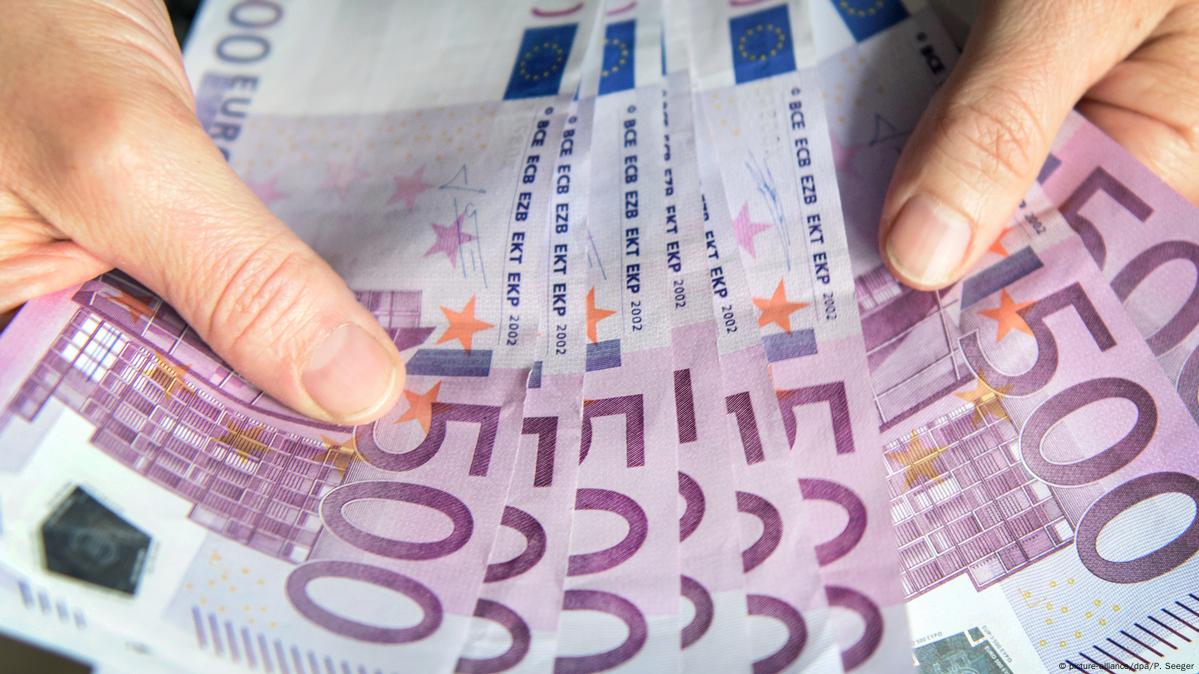
Let's return to the topic of who is legally allowed to start printing euros. Only the national central banks of the eurozone countries can print euros according to the quotas and instructions set by the ECB. The printing of banknotes or the production of euro coins by private individuals or organizations is prohibited and illegal. There are significant penalties for this.
Any printing of banknotes outside of central banks is automatically considered illegal. This is already a serious crime. It can be punished under the general laws of the European Union (laws on international cooperation).
It is important to specify who controls the issuance of euros. The ECB oversees the entire process of producing and circulating euros, ensuring compliance with quality and safety standards. The national central banks adhere to these standards and undergo regular audits to ensure compliance with all requirements.
What if any country wants to print its euros?
If any eurozone country decides to independently print a lot of euros, it will have consequences for both that country and for the entire eurozone. This will greatly destabilize the entire system, which is already quite complex.
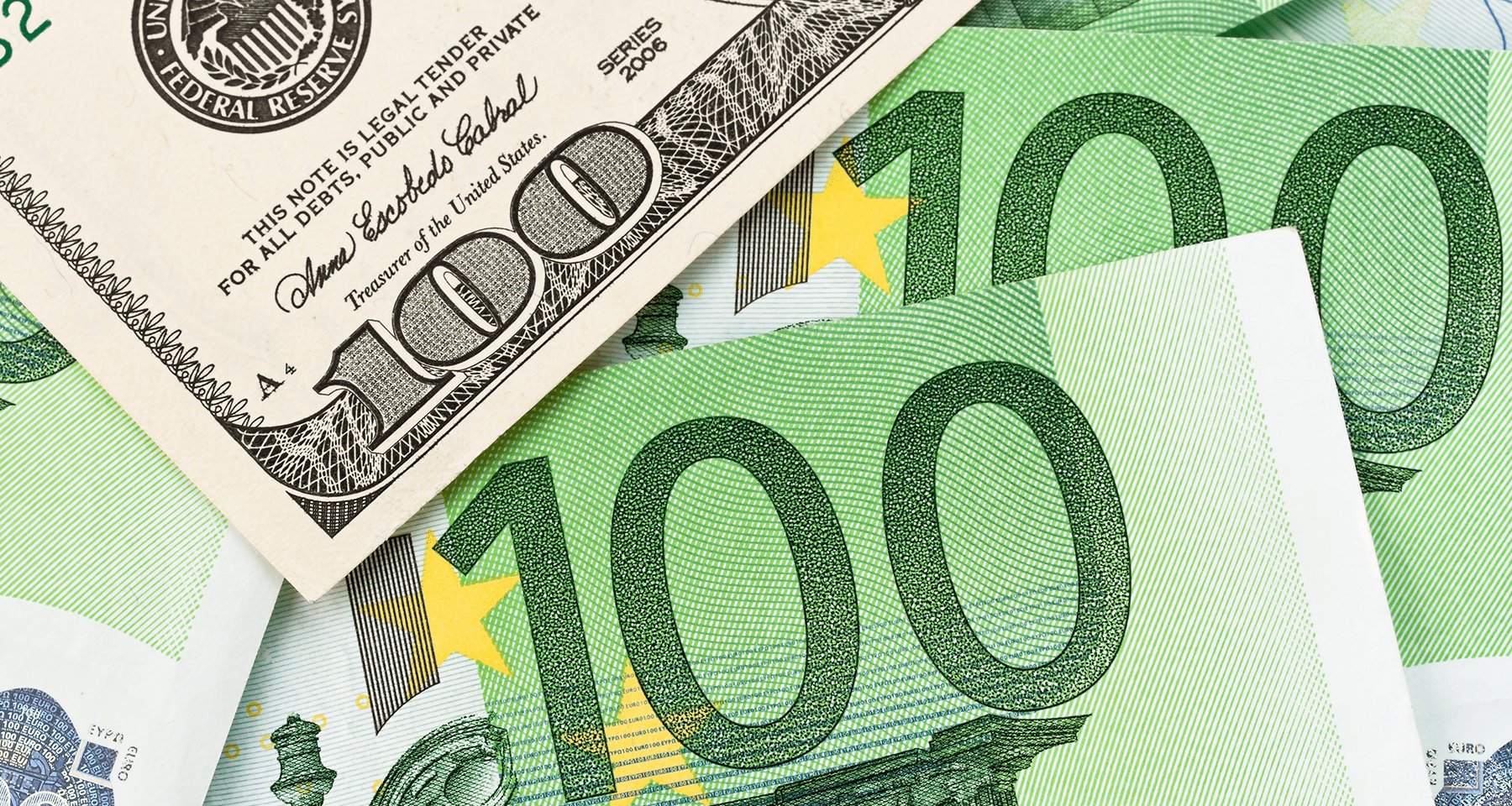
It is important to understand that the countries in the eurozone do not have the right to independently decide how many euros to print. Decisions about the issuance of euros are made centrally by the European Central Bank (ECB). However, if we assume that some country decides to violate this order, the consequences will be diverse and all negative.
First of all, inflation will occur. If there is too much money in the economy, this can lead to inflation, meaning a rise in prices for goods and services. Simply having a lot of money does not mean that people have become richer. The currency will depreciate, and everything will become more expensive. Goods and services will rise in price.
Hyperinflation will follow the inflation. In the case of uncontrolled money printing, hyperinflation can arise, when prices rise extremely quickly, and money loses its value almost instantly. Examples of hyperinflation can be seen in the histories of such countries as Zimbabwe and Weimar Germany. Overall, this trend is not very promising.
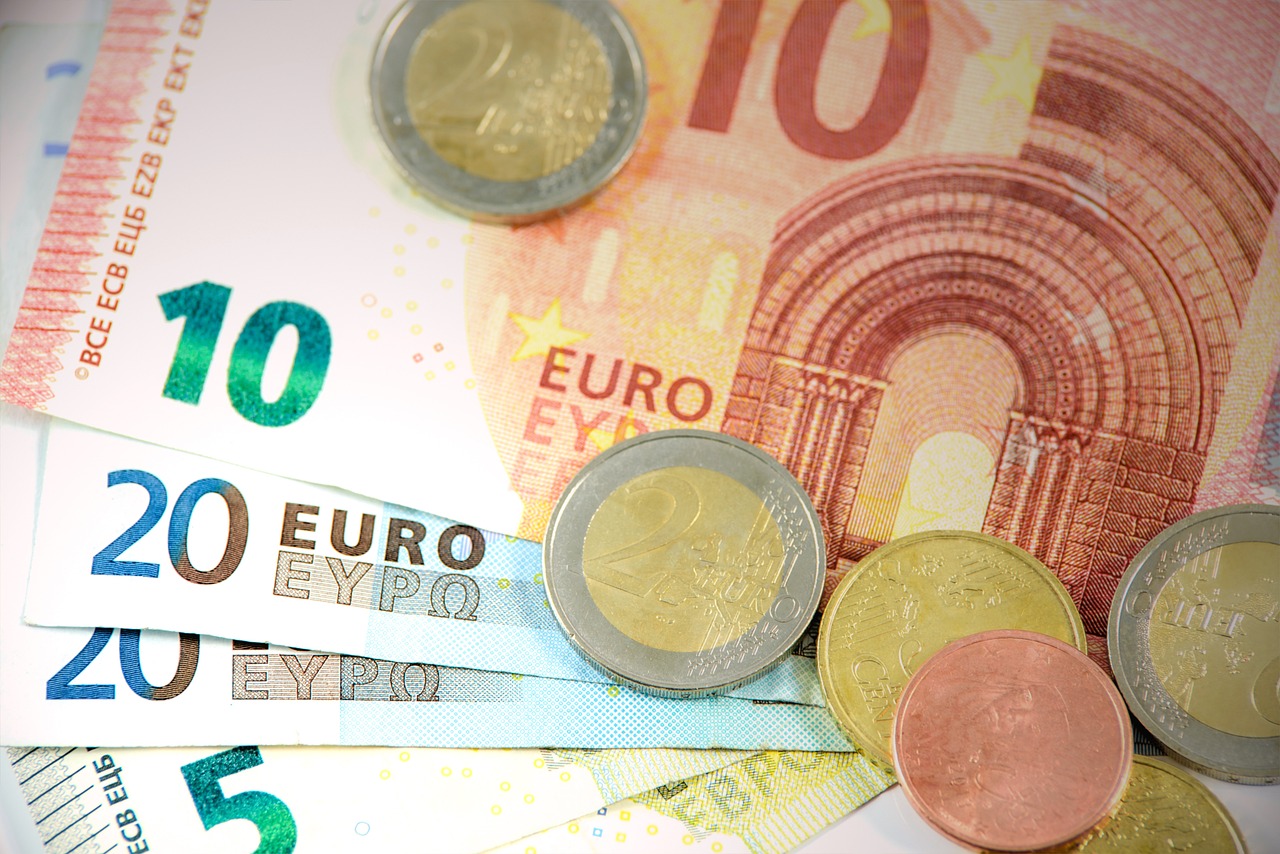
There will immediately be a loss of trust in the euro. If one of the eurozone countries starts to print euros uncontrollably, it will undermine trust in the euro not only within that country but also in other eurozone countries. Following this, there will be a devaluation of the euro. This means its complete depreciation. Thus, the whole process will lead to a decrease in the value of the euro relative to other currencies. This may make imports more expensive and worsen the economic situation throughout the eurozone.
Read also
- What to see in Bukovel: winter, summer and autumn
- What to see in Iceland: in winter, in summer, on a tour
- What is p2p and pay2pay transfer
- Best Adult Films: TOP 5 Films


